By the early 1960s, road car production had ceased to be a sideline for Ferrari and was seen as vitally important to the company’s future stability. Thus the 250, Ferrari’s first volume-produced model, can be seen as of critical importance, though production of the first of the line - the 250 Europa, built from 1953 to ’54 - amounted to fewer than twenty. The Europa was superseded by the 250GT in 1954, the latter featuring a lighter and more-compact Colombo-designed 3-litre V12 in place of its predecessor’s bulkier Lampredi unit. Power output of the single-overhead-camshaft all-aluminium engine was 220bhp at 7,000rpm. Shorter in the wheelbase (by 200mm) than that of the Europa, the 250GT chassis followed Ferrari’s established practice, being a multi-tubular frame tied together by oval main tubes, though the independent front suspension now employed coil springs instead of the previous transverse leaf type. A four-speed, all-synchromesh gearbox transmitted power to the live rear axle, while hydraulic drums all round looked after braking. Four-wheel disc brakes arrived late in 1959 and a four-speeds-plus-overdrive gearbox the following year. A number of coachbuilders offered a variety of body styles on the 250GT chassis, with Scaglietti and Pininfarina producing elegant open-top spyder and cabriolet models. Exhibited at the 1957 Geneva Salon, the latter’s first 250GT Cabriolet was snapped up by Ferrari works driver Peter Collins who later had the car converted to disc brakes. After a handful of alternative versions had been built, series production began in July 1957, around 40 Series I Pininfarina Cabriolets being completed before the introduction of the Series II in 1959. Effectively an open-top version of the Pininfarina-built 250GT Coupé, whose chassis and mechanics it shared, the Series II Cabriolet was built alongside its closed cousin until 1962. Overall design followed that of the Coupé, with short nose and long rear overhang, while a more-vertical windscreen provided greater headroom in the generously sized cockpit. As well as the aforementioned improvements to brakes and transmission, the Series II cars benefited from the latest, 240bhp V12 with outside sparkplugs, coil valve springs and twelve-port cylinder heads. The 250GT was the most successful Ferrari of its time, production of all types exceeding 900 units, of which 200 were Series II Cabriolets. Finished in Grigio Argento with black leather interior, Ferrari 250GT Cabriolet chassis number ‘1801GT’ was sold new in April 1960 via Garage Francorchamps to first owner B Nivens in Belgium. The Pininfarina order book describes this car as ‘Speciale’, no doubt referring to the fact that it was delivered with the 280bhp competition version of the Tipo 128F V12 engine installed. After delivery ‘1801GT’ was fitted with flashing headlights and a siren, possibly to facilitate its use as a course marshal’s or pace car in auto races in Belgium or France. In 1969 the car was imported into the USA by Fawcett Publishing Co and subsequently owned by George W Rappelyea in Martinsville, New Jersey. Next owner Dave Lepiscopo of Baldwin, Long Island started its restoration and advertised the car for sale in Ferrari Market Newsletter in January/February 1986. ‘1801GT’ returned to its native Italy later that same year. A wonderful, classic, open Ferrari that is a joy to drive, ‘1801GT’ comes complete with owner’s handbook and tool kit, and is offered with sundry service receipts, FIVA/ASI papers, roadworthiness certificate and Italian libretto.
By the early 1960s, road car production had ceased to be a sideline for Ferrari and was seen as vitally important to the company’s future stability. Thus the 250, Ferrari’s first volume-produced model, can be seen as of critical importance, though production of the first of the line - the 250 Europa, built from 1953 to ’54 - amounted to fewer than twenty. The Europa was superseded by the 250GT in 1954, the latter featuring a lighter and more-compact Colombo-designed 3-litre V12 in place of its predecessor’s bulkier Lampredi unit. Power output of the single-overhead-camshaft all-aluminium engine was 220bhp at 7,000rpm. Shorter in the wheelbase (by 200mm) than that of the Europa, the 250GT chassis followed Ferrari’s established practice, being a multi-tubular frame tied together by oval main tubes, though the independent front suspension now employed coil springs instead of the previous transverse leaf type. A four-speed, all-synchromesh gearbox transmitted power to the live rear axle, while hydraulic drums all round looked after braking. Four-wheel disc brakes arrived late in 1959 and a four-speeds-plus-overdrive gearbox the following year. A number of coachbuilders offered a variety of body styles on the 250GT chassis, with Scaglietti and Pininfarina producing elegant open-top spyder and cabriolet models. Exhibited at the 1957 Geneva Salon, the latter’s first 250GT Cabriolet was snapped up by Ferrari works driver Peter Collins who later had the car converted to disc brakes. After a handful of alternative versions had been built, series production began in July 1957, around 40 Series I Pininfarina Cabriolets being completed before the introduction of the Series II in 1959. Effectively an open-top version of the Pininfarina-built 250GT Coupé, whose chassis and mechanics it shared, the Series II Cabriolet was built alongside its closed cousin until 1962. Overall design followed that of the Coupé, with short nose and long rear overhang, while a more-vertical windscreen provided greater headroom in the generously sized cockpit. As well as the aforementioned improvements to brakes and transmission, the Series II cars benefited from the latest, 240bhp V12 with outside sparkplugs, coil valve springs and twelve-port cylinder heads. The 250GT was the most successful Ferrari of its time, production of all types exceeding 900 units, of which 200 were Series II Cabriolets. Finished in Grigio Argento with black leather interior, Ferrari 250GT Cabriolet chassis number ‘1801GT’ was sold new in April 1960 via Garage Francorchamps to first owner B Nivens in Belgium. The Pininfarina order book describes this car as ‘Speciale’, no doubt referring to the fact that it was delivered with the 280bhp competition version of the Tipo 128F V12 engine installed. After delivery ‘1801GT’ was fitted with flashing headlights and a siren, possibly to facilitate its use as a course marshal’s or pace car in auto races in Belgium or France. In 1969 the car was imported into the USA by Fawcett Publishing Co and subsequently owned by George W Rappelyea in Martinsville, New Jersey. Next owner Dave Lepiscopo of Baldwin, Long Island started its restoration and advertised the car for sale in Ferrari Market Newsletter in January/February 1986. ‘1801GT’ returned to its native Italy later that same year. A wonderful, classic, open Ferrari that is a joy to drive, ‘1801GT’ comes complete with owner’s handbook and tool kit, and is offered with sundry service receipts, FIVA/ASI papers, roadworthiness certificate and Italian libretto.
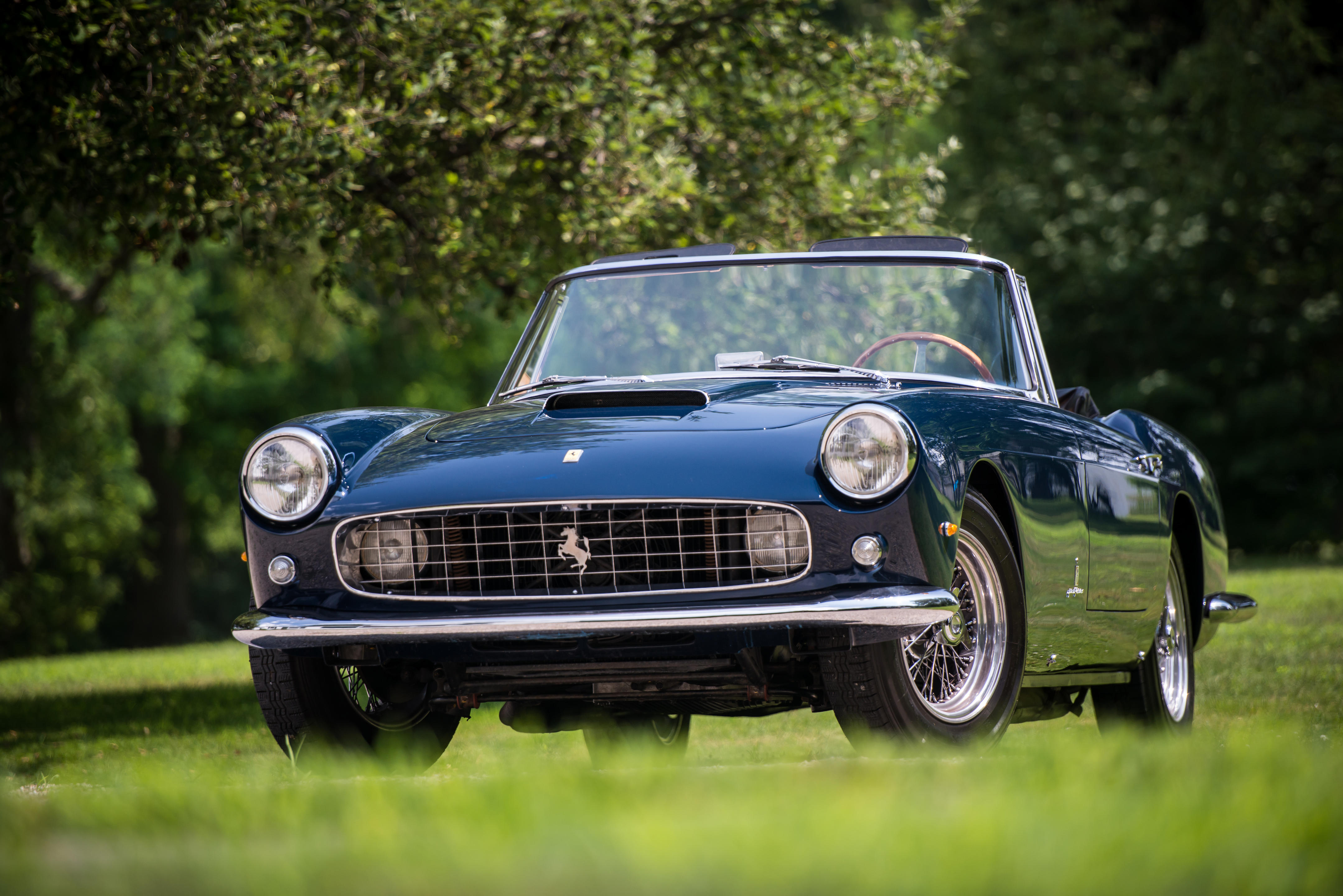
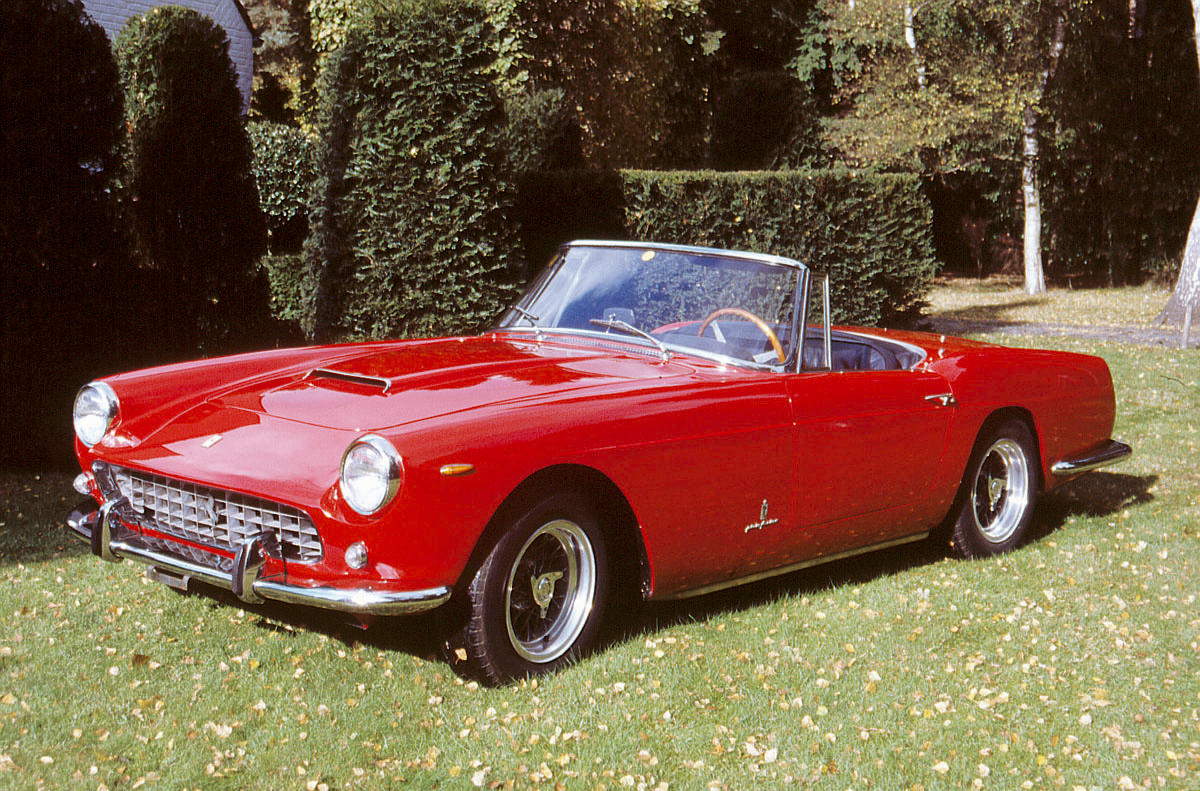
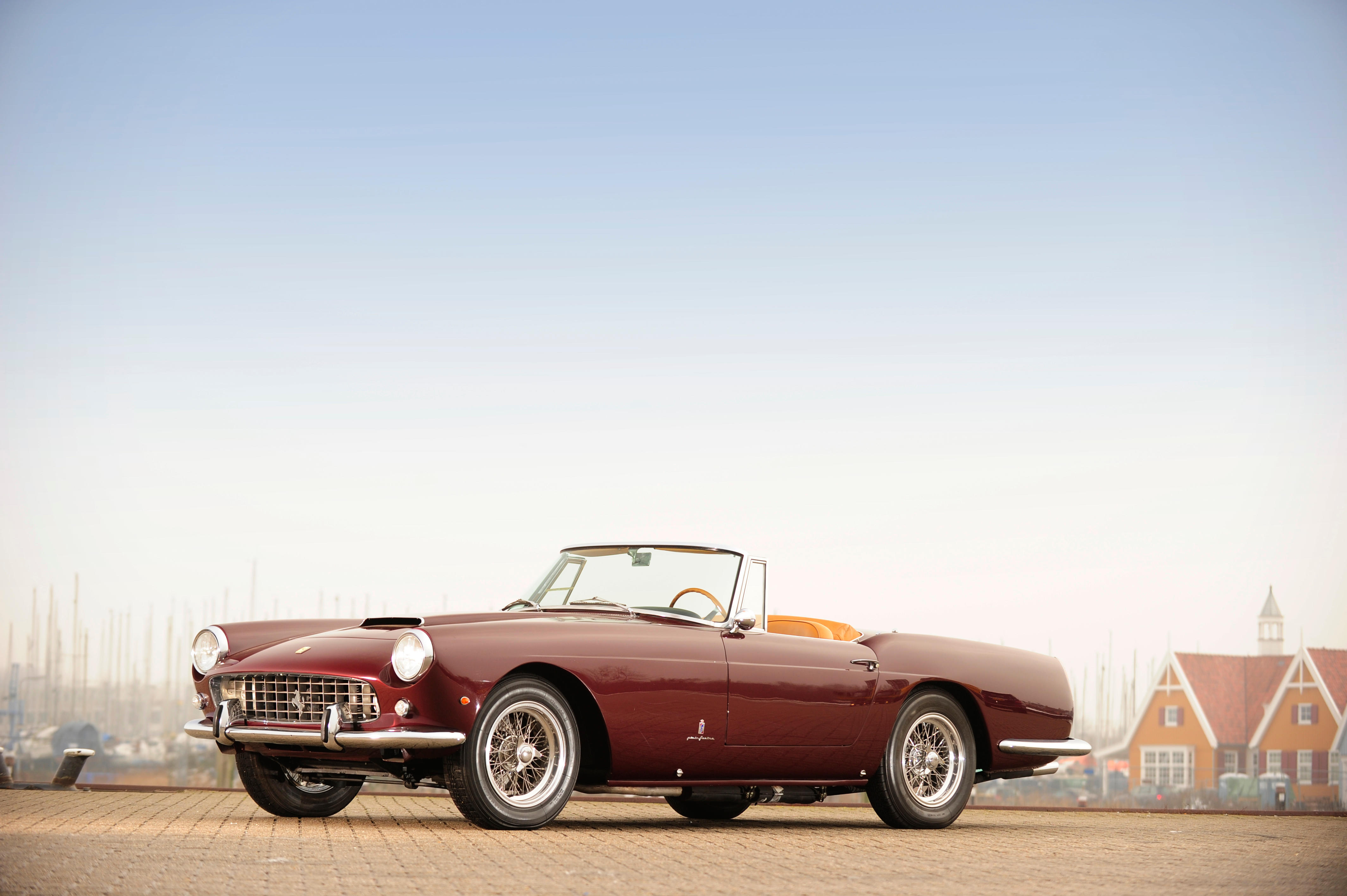
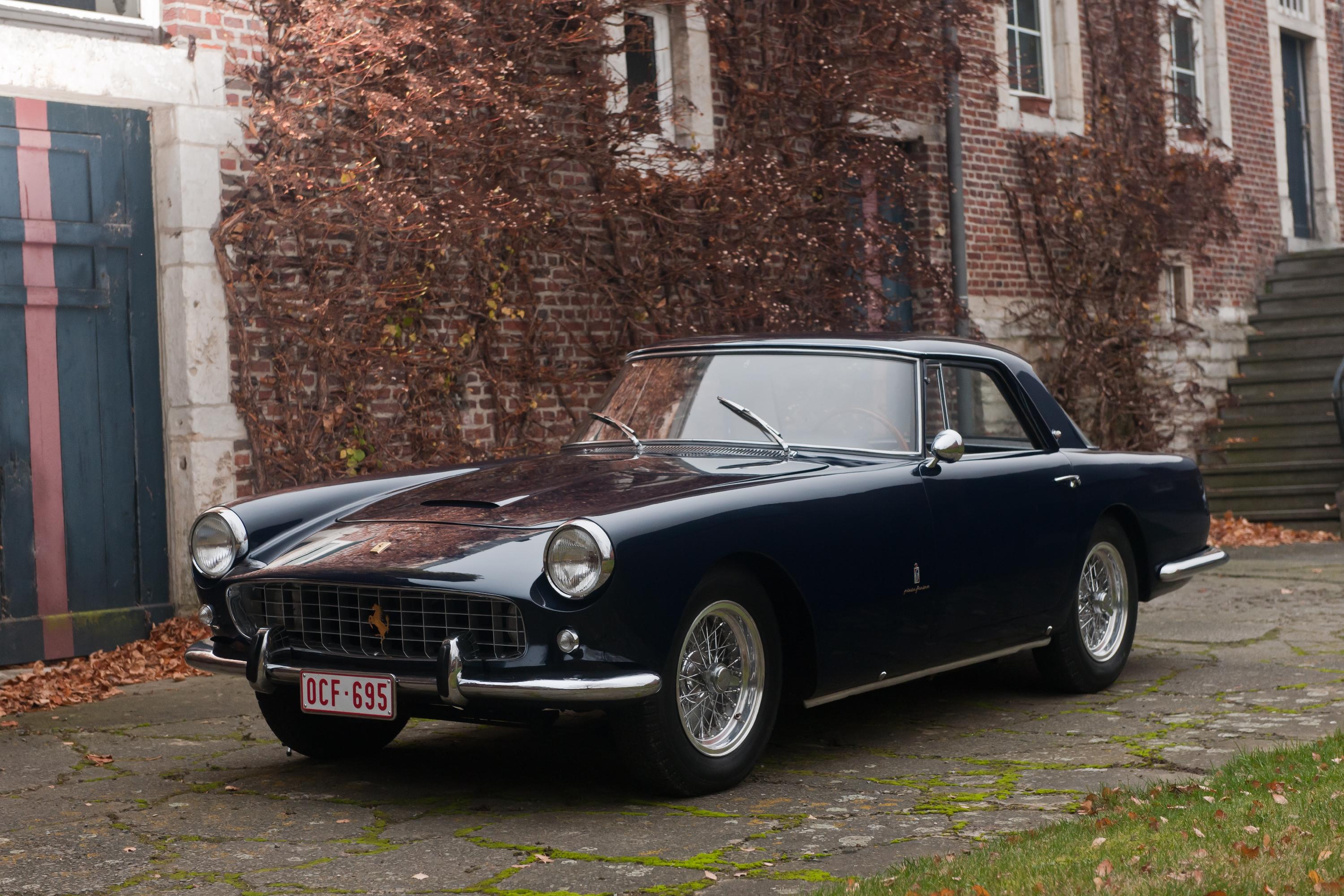
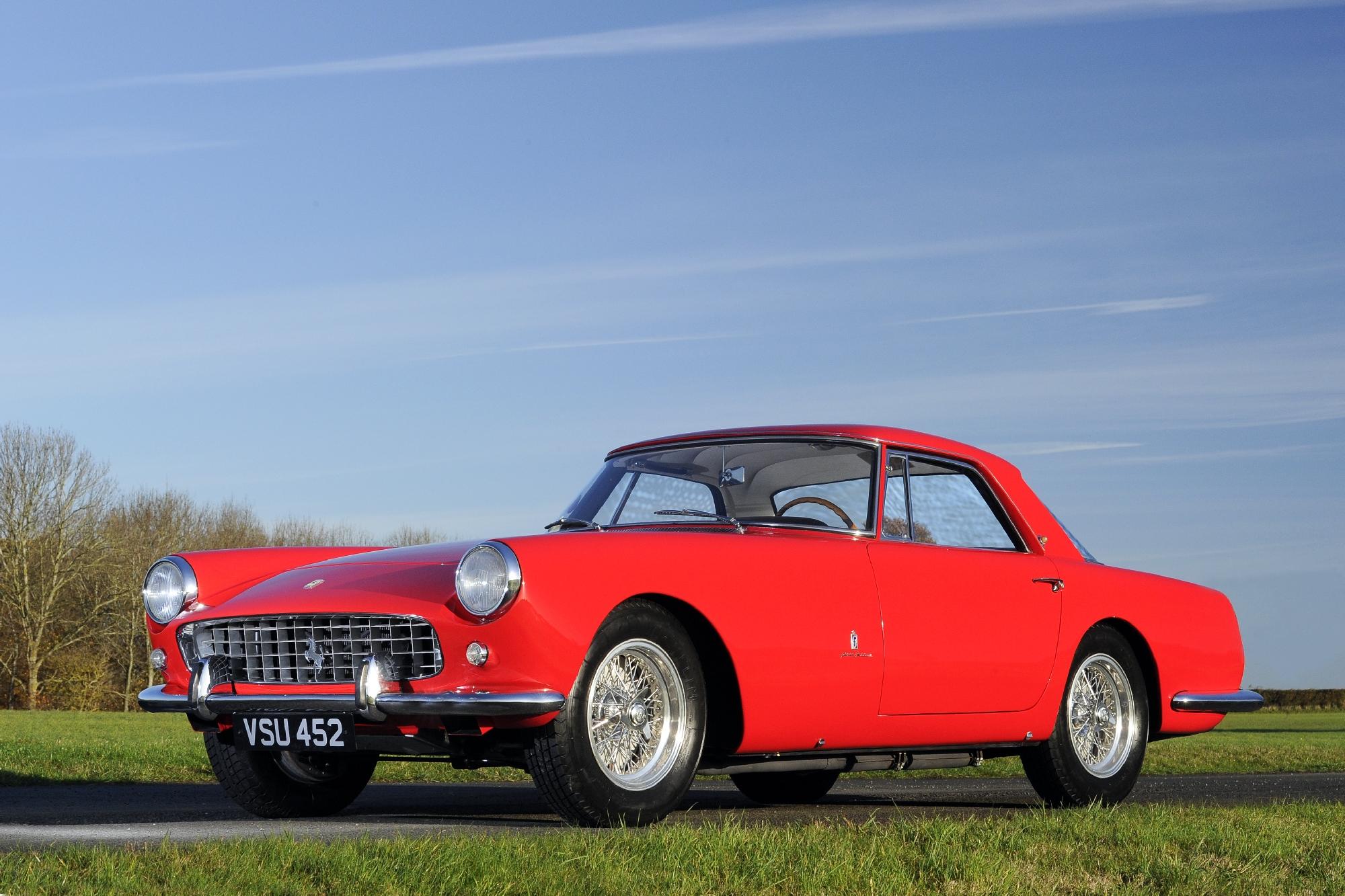
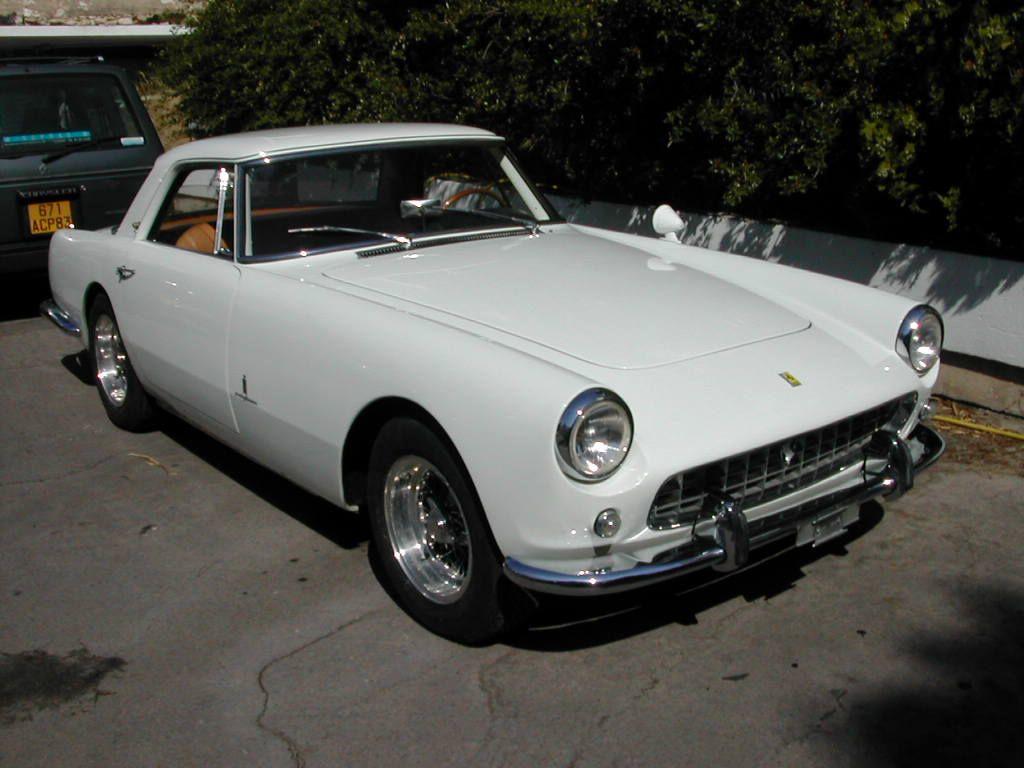
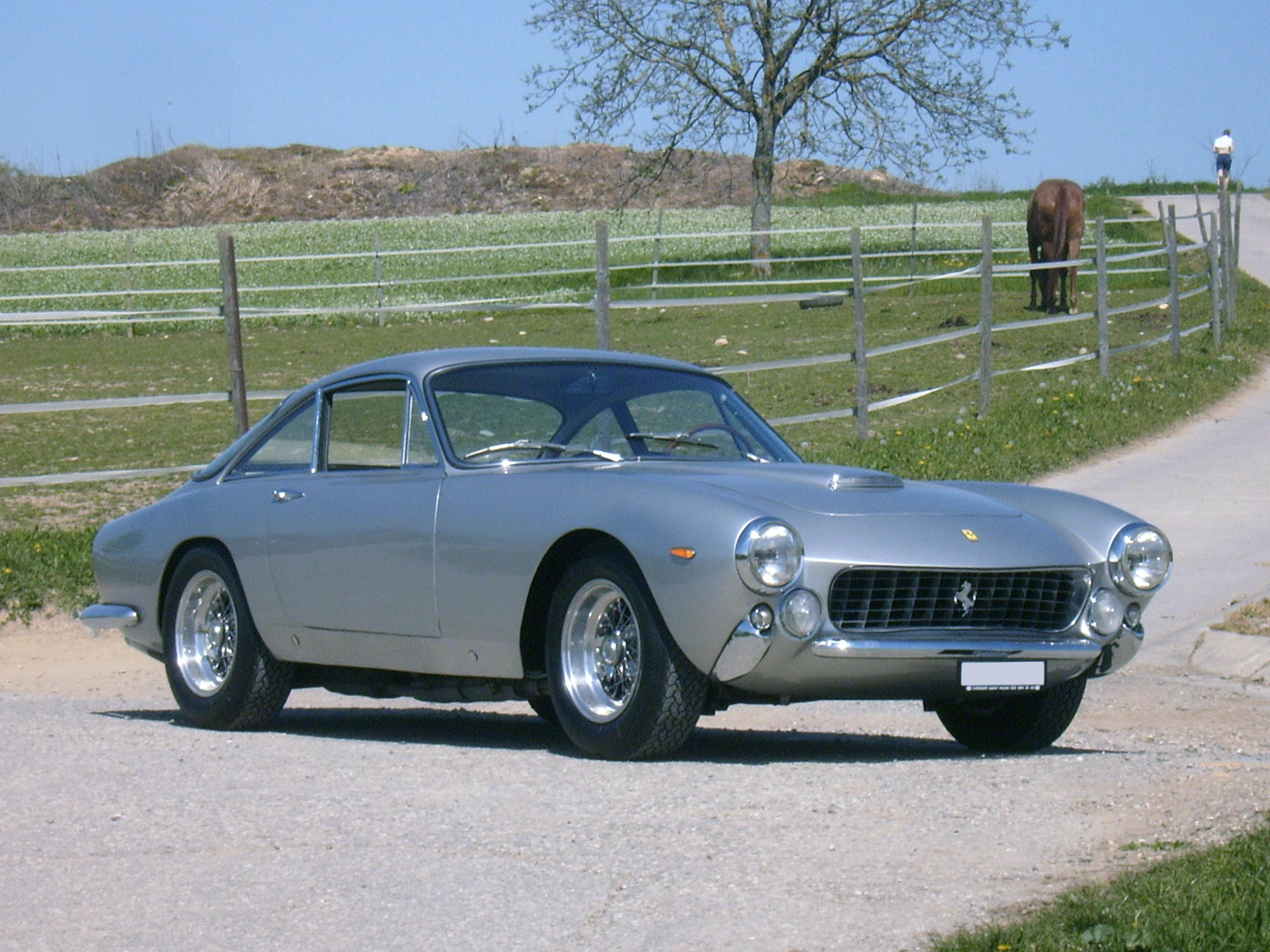



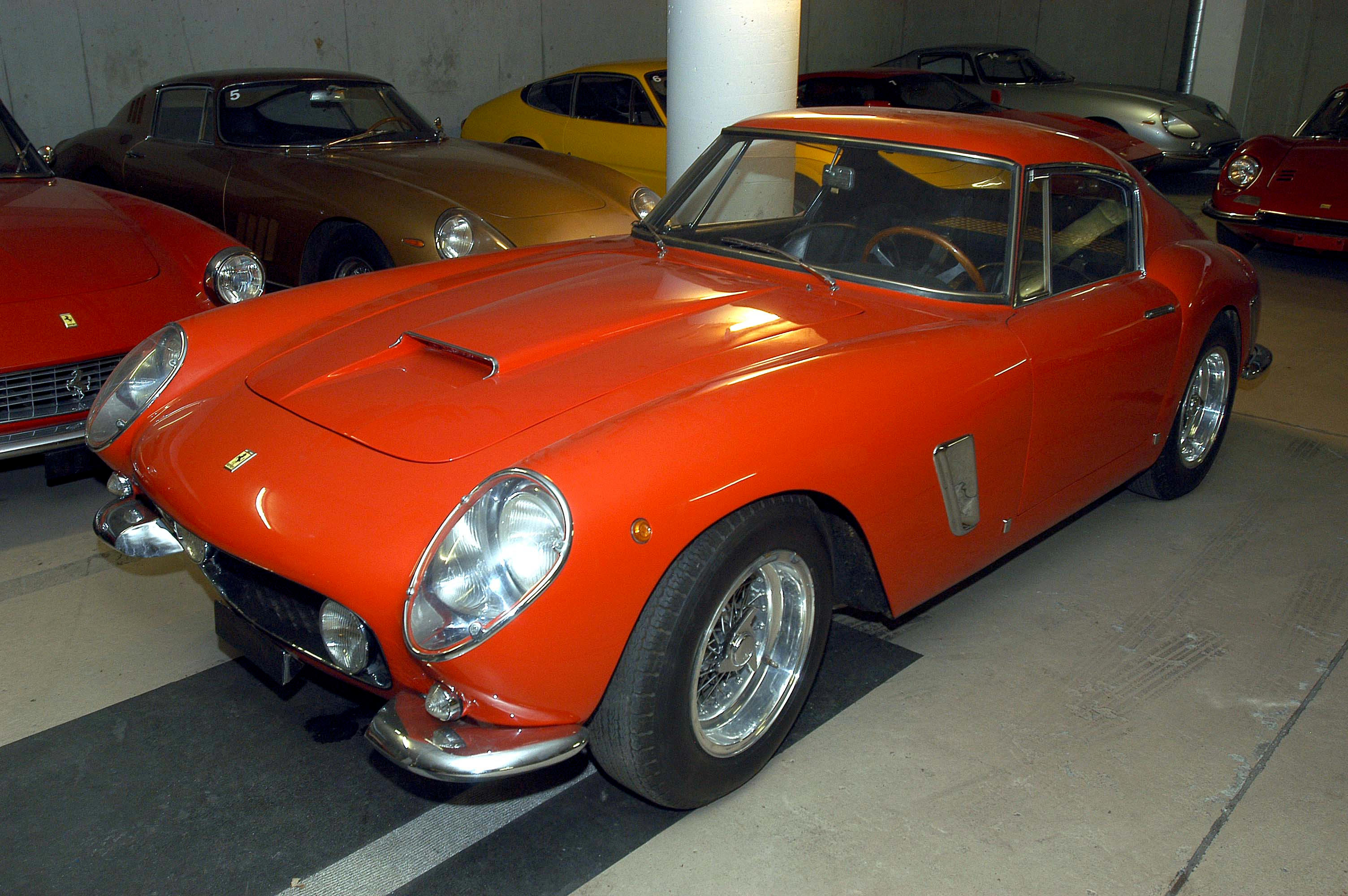
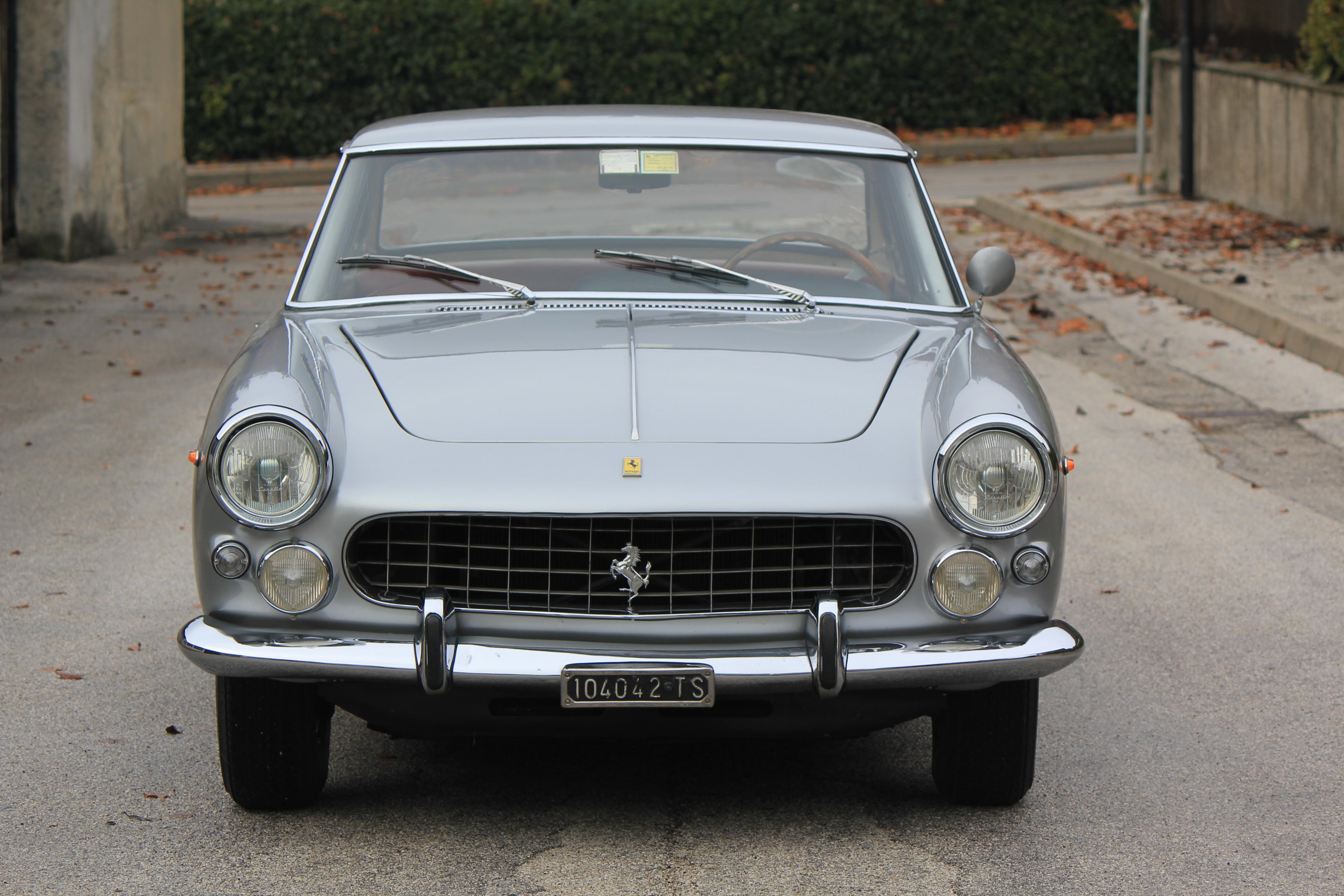
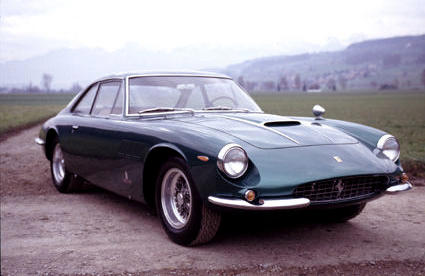

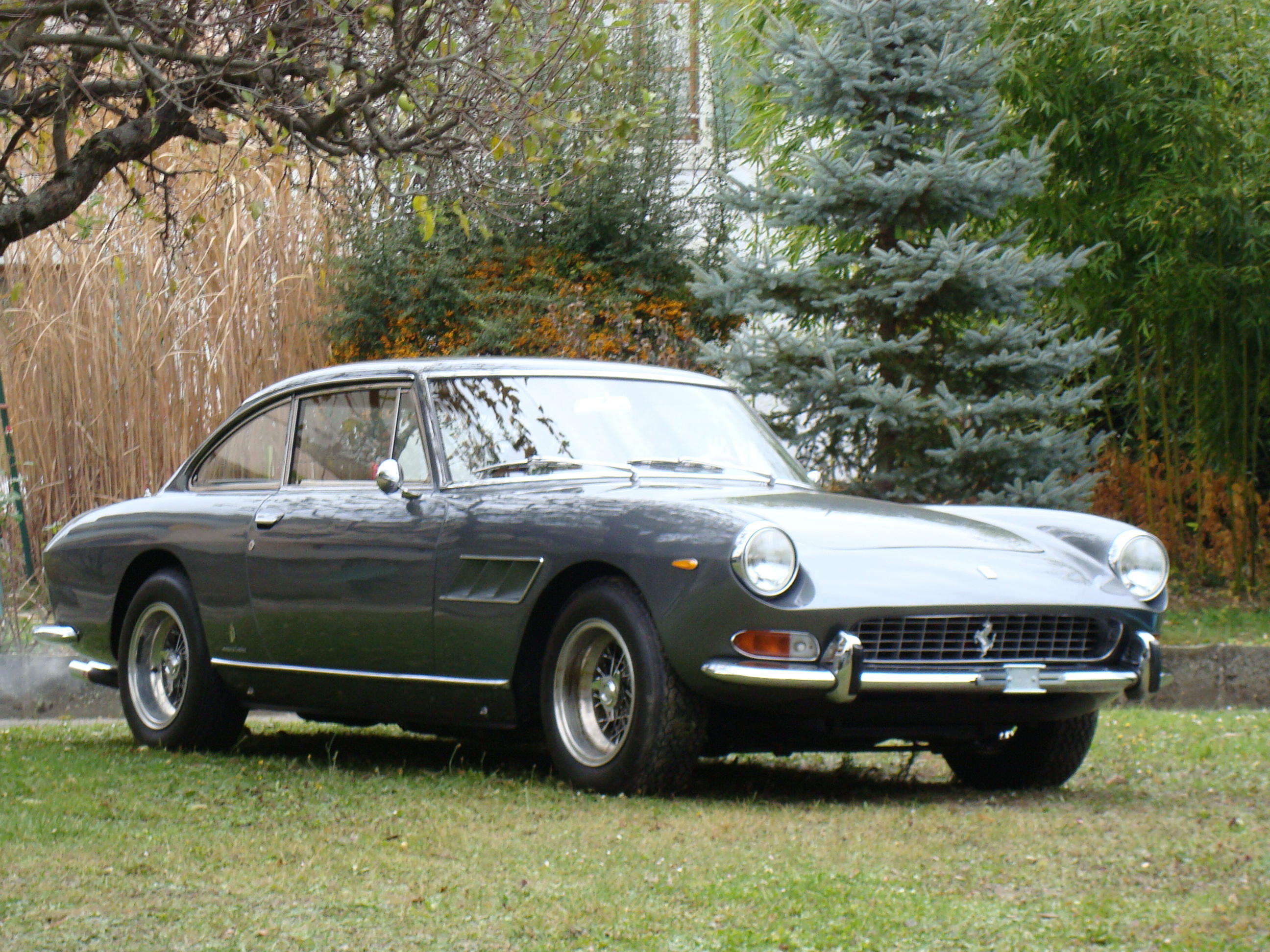
Testen Sie LotSearch und seine Premium-Features 7 Tage - ohne Kosten!
Lassen Sie sich automatisch über neue Objekte in kommenden Auktionen benachrichtigen.
Suchauftrag anlegen